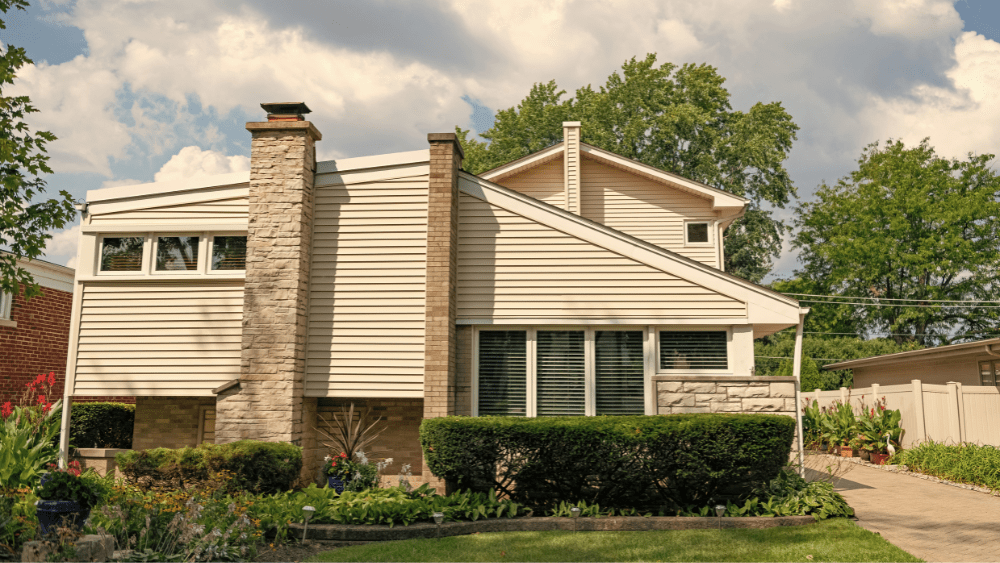It always goes up—until it doesn’t. Once thought invincible, the Toronto condo market is in freefall and about to hit reality. Toronto CMA condo starts plunged further in July, and RBC economists see weak pre-construction sales pushing them even lower. The bank counters the claim that red tape is holding development back, instead attributing the bottleneck to building costs. That’s a cute narrative, but it conveniently ignores that existing condos are also facing weak sales at much lower prices.
Toronto New Condo Starts Have Plunged 68% From Peak, Set To Fall Even Lower On Weak Sales
Number of units, 12-month rolling sum.

Source: CMHC; Altus Group; RBC Economics.
Construction of new condo apartments came to an abrupt halt in recent months. The rolling 12-month sum of starts plunged to 10,583 units in July, down 60% from last year and 68% lower than the record high in mid-2023. Is it possible to go lower? It sure is, according to RBC economists.
The bank notes that condo pre-sales lead new condo starts by roughly 18 months in Toronto. The 12-month rolling sum of condo pre-sales fell to just 2,160 units in July, implying the potential for starts to collapse another 80% over the next 18 months.
Peak-to-trough, Toronto new condo starts are projected to fall over 93% by December 2026. That’s assuming last month was the low for condo pre-sales, which is a bold assumption.
Toronto’s Condo Supply Flood Is About To Enter The Chat
Apartments under construction across the Toronto CMA.
Source: CMHC; Better Dwelling.
Greater Toronto is still building a lot of condo apartments but the volume is collapsing fast. The seasonally adjusted annual rate (SAAR) of condos under construction hit 93,000 units in July, just 11% below the all-time high. “… which suggests completions are likely to stay relatively plentiful (albeit diminishing) in the near term,” says Robert Hogue, assistant chief economist at RBC.
The volume remains one of the highest on record, but policymakers are spending billions in tax dollars and the volume is sinking.
Ontario’s Red Tape Myth? RBC Argues Building Costs Are The Real Reason New Construction Is Plunging
Thousands of units, seasonally-adjusted and annualized, 6-month moving average.
Source: CMHC; Statistics Canada; RBC Economics.
Policymakers have made it a regular part of their routine to claim the problem is red tape and permits. RBC had a hard time seeing that issue, as permit approvals have remained very lofty. Ontario permits, with the bulk issued in and around Toronto CMA, indicate SAAR permits hit 87,000 units in July—significantly more than the 63,000 units started across the province. In fact, permits have significantly outpaced starts in the province going back to 2018, with the only exception being a brief period of ~6 months in late 2022-early 2023.
Hogue argues high building costs—especially development charges—are the real bottleneck to building, and the slowdown will worsen affordability once the immigration “pause” is lifted. Fair enough, but his conclusion glosses over how the Toronto condo market works.
Toronto’s new condo market isn’t driven by end users. A previous report from CIBC estimates 70% of Toronto pre-construction projects are sold to investors, primarily cash-flow negative speculators. As of last year, 81% of new condos delivered to investors lost money on the carrying costs. Even RBC’s executives warned that investors were replacing first-time buyers in their books, as end users become priced out of the market. If existing condo sales are abysmal due to affordability at an average price ~30% lower than new construction, how are end users suddenly able to afford more expensive units?
The assumption that “more building equals more affordability” is also somewhat primitive, ignoring two major points: investor-driven demand doesn’t translate into end-user affordability, and supply and demand also applies to all aspects of building—including land, labour, and materials. It’s counterintuitive, but stimulating excess building beyond capacity constraints acts in the same way as monetary stimulus, providing an inflationary effect. As previously explained, building more under these conditions tends to push costs—and home prices—even higher.
Policymakers tend to counter the above problems they create with the suggestion of raising capacity constraints. It’s a common issue that surfaces in all bubble economies, effectively arguing that the solution to save a housing-driven economy is further concentrating around housing. Ironically, this concentration amplifies vulnerability to economic shocks that make downturns much more painful.




















 English (US) ·
English (US) ·